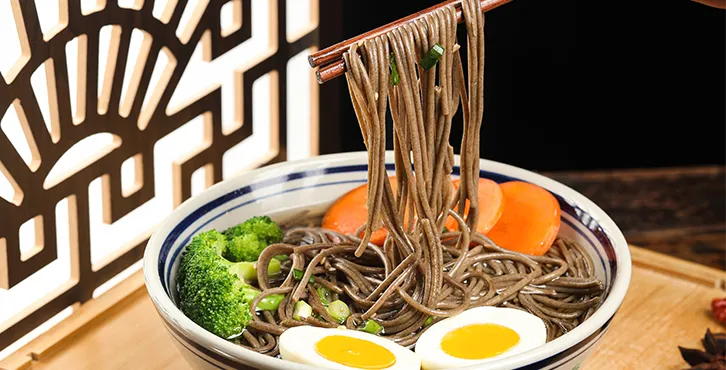which pasta is better for diabetics
Which Pasta is Better for Diabetics?
Pasta is a beloved staple in many diets around the world, known for its versatility and convenience. However, for individuals with diabetes, choosing the right type of pasta is crucial in managing blood sugar levels. While traditional white pasta is commonly enjoyed, its high glycemic index can lead to spikes in blood sugar—making it less suitable for those managing diabetes. The good news is that alternatives exist that are both delicious and diabetes-friendly.
Understanding Glycemic Index
Before diving into which pasta is better for diabetics, it's important to understand the concept of glycemic index (GI). The glycemic index is a scale that ranks foods based on how quickly they raise blood glucose levels. Foods with a high GI, typically over 70, are rapidly absorbed into the bloodstream, causing a spike in blood sugar. Conversely, foods with a low GI, under 55, are digested more slowly, leading to gradual increases in blood sugar. For individuals with diabetes, low-GI foods are generally preferable.
Whole Wheat Pasta
One of the best pasta alternatives for diabetics is whole wheat pasta. Whole grains are a great source of fiber, which can help slow down the absorption of glucose. Compared to its white counterpart, whole wheat pasta has a lower glycemic index and provides additional nutrients, such as B vitamins and iron. The added fiber not only aids in digestion but also promotes a feeling of fullness, which can help with weight management—another key aspect of diabetes control.
Legume-Based Pasta
which pasta is better for diabetics

Another excellent option for diabetics is pasta made from legumes, such as lentils, chickpeas, or black beans. These pasta varieties are high in protein and fiber while maintaining a low glycemic index. The combination of fiber and protein helps to stabilize blood sugar levels and can provide sustained energy. Additionally, legume-based pasta is gluten-free, making it suitable for those with gluten sensitivities or celiac disease.
Vegetable-Based Pasta
For those looking to increase their vegetable intake, pasta made from vegetables like zucchini or cauliflower has gained popularity. These vegetable-based options are typically lower in carbohydrates and calories, making them an excellent choice for weight-conscious individuals. Although they may not have the traditional taste and texture of wheat pasta, they can be delicious when paired with the right sauces and toppings.
Portion Control and Pairings
Regardless of the type of pasta chosen, portion control remains vital. It's easy to overeat pasta, even healthier versions. A serving size of pasta should generally be about one cup once cooked. Pairing pasta with lean proteins, healthy fats, and a variety of non-starchy vegetables can create a balanced meal that helps manage blood sugar levels. For instance, a medley of sautéed vegetables with grilled chicken and a light tomato sauce over whole wheat pasta offers a nutritious option that is both filling and diabetic-friendly.
Conclusion
When it comes to pasta and diabetes, making informed choices can significantly impact blood sugar management. Whole wheat, legume-based, and vegetable-based pastas are all viable options that can fit into a healthy diabetic diet. However, it’s essential to monitor portion sizes and pair these pasta options with other nutritious ingredients to optimize health benefits. Ultimately, with some creativity and mindful eating, pasta can still be a delicious and satisfying component of everyday meals for those living with diabetes.
-
Unleash Your Inner Chef with Delectable Italian Pasta CreationsNewsAug.01,2025
-
Savor Health and Flavor: Irresistible Soba Noodles for Sale Await!NewsAug.01,2025
-
Nourish Your Body with Premium Organic Ramen - A Culinary Delight AwaitsNewsAug.01,2025
-
Elevate Your Dishes with Our Exquisite Kinds of Egg NoodlesNewsAug.01,2025
-
Dive into Flavorful Convenience with Our Ramen OfferingsNewsAug.01,2025
-
Discover Exquisite Types of Naengmyeon and Chilled Soba NoodlesNewsAug.01,2025
-
Is Whole Wheat Pasta Healthy?NewsMay.30,2025
Browse qua the following product new the we

















































































































